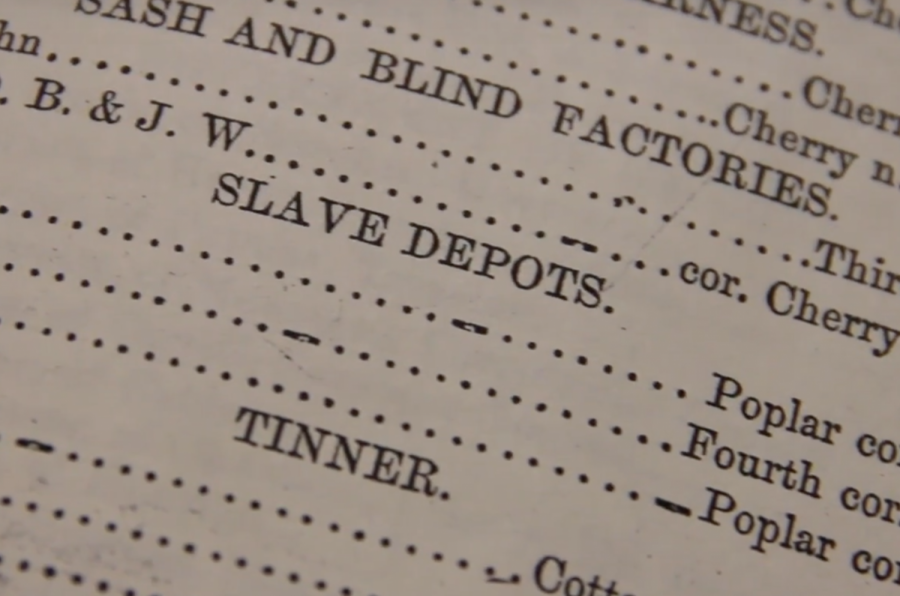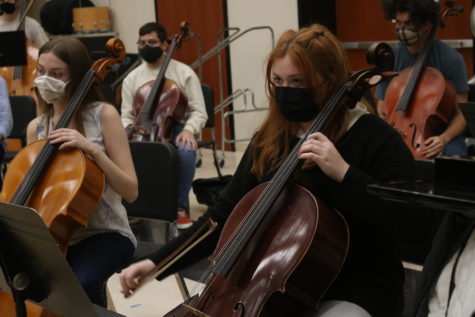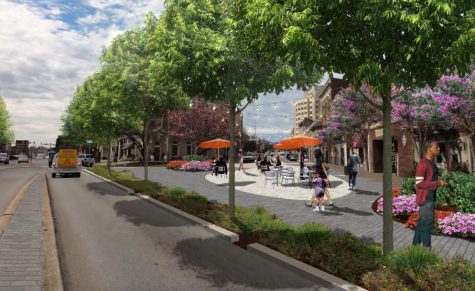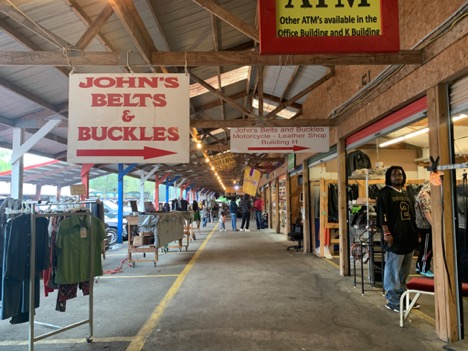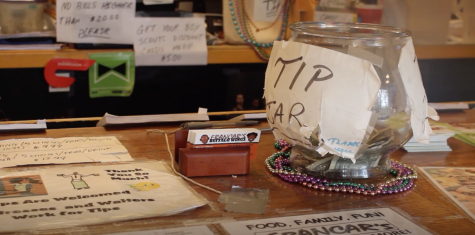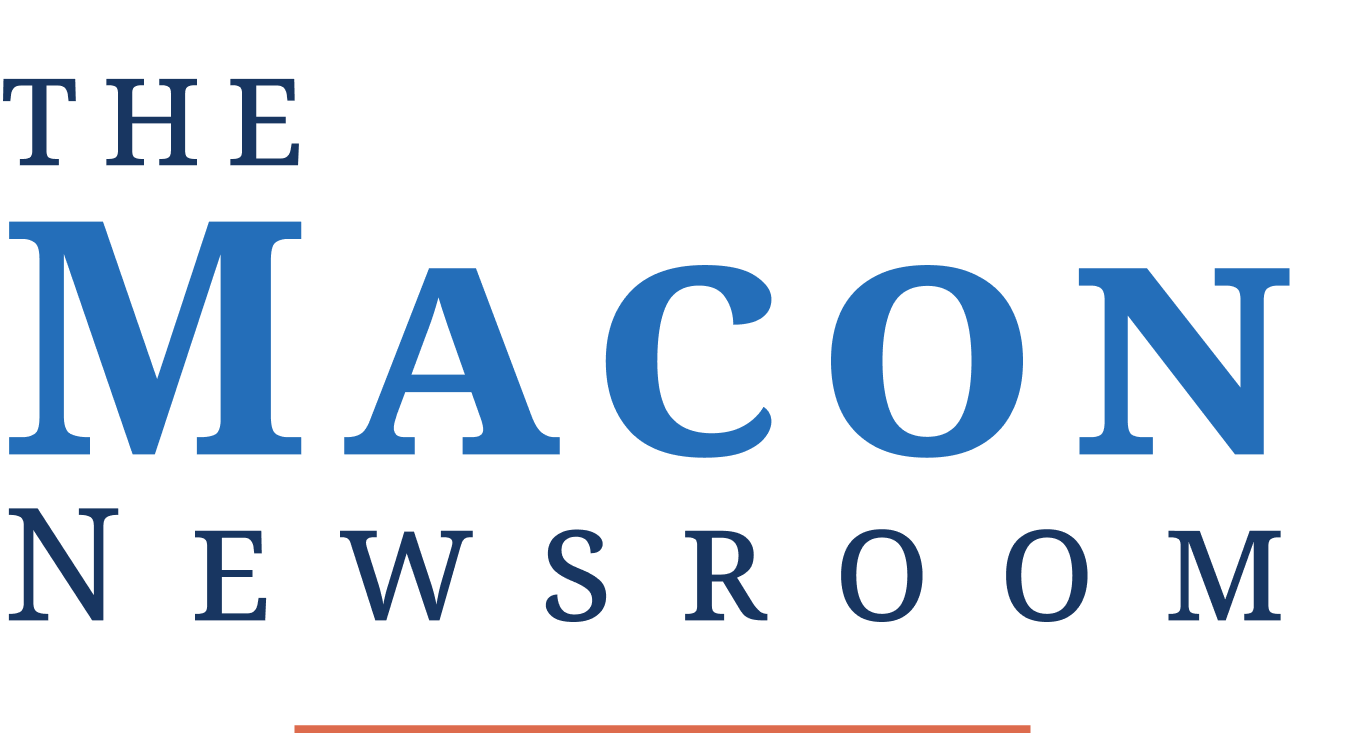Was there a “slave” market in Macon. If so, where was it and who ran it?
MACON, Georgia — There’s no doubt that the merchants, wealthy elite and planters in and around the growing city of Macon had slaves. But exactly how did the enslaved get to Macon and what was the city’s role in the institution?
A resident of Macon wanted to know if there was a slave market in Macon and where it was located.
Though Macon developed in the early 1800s around Fort Hawkins and was only founded in 1823 — 42 years before the abolition of slavery, the city’s location in the fertile Black Belt made cotton and the slave trade an integral part of Macon’s economy.
“Certainly there was a slave market,” said Chester Fontenot, Director of Africana Studies at Mercer University. “It was not a kind of famous slave market like the ones in Savannah or Charleston, South Carolina or St. Augustine, Florida, but most southern cities had slave markets.”
At these designated sites or site, potential buyers would examine the Africans being sold and make bids, Fontenot said.
Fontenot said that he knows the sales took place downtown near the courthouse, but he’s not aware of the exact location.
“There has not been any sort of movement to kind of mark that spot with some kind of significant cultural marker,” he said.
Most of the enslaved came from the large port of Savannah, but some came from Charleston and St. Augustine, Fontenot said. Because of Macon’s location in the center of Georgia, historian Bradley Ewing and others wrote in their paper “Price Transmission in the Antebellum Slave Markets: A Time Series Analysis” that the middle Georgia market influenced large parts of Georgia, Alabama and Florida.
“It situates Macon very squarely within the whole cultural phenomenon of slavery. We were right in the center of it,” Fontenot said.
https://youtu.be/DJjF3cTnSoA



